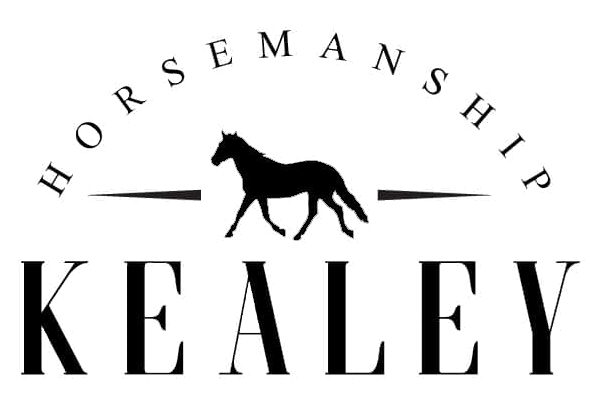How to create the "Sweet Spot"
Creating what is referred to as the “sweet spot” is so important in the process of getting to know a horse. It can seem like something that is unattainable when all it really means is using pressure to draw a horses thoughts to you, and then creating a space where it repeatedly feels good to them. Once you have their thought, it becomes much easier to direct it. When things get tough, or a behavior that comes from ill feelings arises, the good spot can be called upon.
One of the most important things to be aware of is what it looks like when a horses mind becomes interested enough to influence movement. We have all seen this at times when a horse becomes dependent on the presence of other horses. This could be as simple as a look, or as strong as arranging their body to be closer to the interest. When a horse really wants to do something, his focus and his body move together.
Now that we can picture what it looks like, how do we inspire a horse to become more interested in us and our suggestions? Many methods will try to wear a horse down mentally and physically until the horse says, FINE. This approach and mindset for working horses usually requires a lot less arena dust, and a lot more small adjustments.
My process with every horse is different, and has evolved a lot with time, experiences, and the horses that make me question what I think I know. This has required observing other trainers, and then testing the ideas on different horses that come into my training program. I am reluctant to break this concept down into steps for this reason, but for the purpose of teaching and understanding, I think it's worth a try. Here are some ideas to consider.
1. Can I put some pressure on by clucking or tapping my boot and get the horse to be still and look at me. Once this is established, could I put some pressure on him and have him move towards me with a loose line or at liberty? Can I then pet him, while keeping him mentally checked in and centered. A lot of horses are conditioned to escape petting by looking away, or physically rearranging themselves to avoid it. I play with these concepts until a horse begins to mentally and physically let down (the subtleties on this could be a whole separate post). Once this is working well, it becomes much easier to help them back if they become lost or worried.
2. Begin the process of asking a horse to look and take an interest without moving his feet. Many horses feel pressure and either immediately shut down, or go into flight mode. I want there to be a spot where I can direct a horse, but he doesn't feel the need to worry or get ahead of the pressure. This will eventually turn into going somewhere together.
3. Can I get him to look strong enough that he rearranges his body to be where his thoughts are? This should not require any driving pressure, but feel and enough inspiration to try something. Let a horse try things, while guiding him and taking the worry out of the request. I might resort to petting and going with the horse until he stops seeing me as something to get away from. I will also frequently stop to see if I can draw his thoughts back to me, while creating a sweet spot where his mind is checked in and there is no pressure. Over time, it doesn't matter if were just standing still and hanging out together, lounging in the pasture, or cantering over mini jumps that happened to be in the arena.
As this spot becomes really good, a horse can do something without having to drag their heels, and they can go somewhere without trying to rush to find the release. The space with us and inbetween the pressure just feels good to them.
Photo: Piper and I attending a Harry Whitney clinic in Arizona a couple of years ago. When her thoughts got with me, the gate to the round pen being open was a non issue. Exit gates and going through tight spaces can put a lot of pressure on a horse, especially if their thoughts are on everything outside of it. I was thrilled that I could barely ask her to stop and back up part way through without resistance. I know how hard of a spot this can be for many horses that come in to training and are pretty convinced that leaving the round pen is the only path to feeling good.
